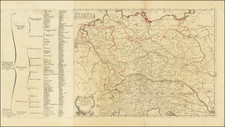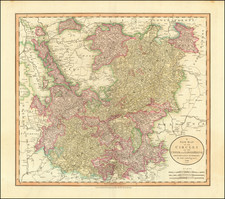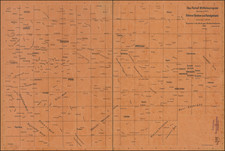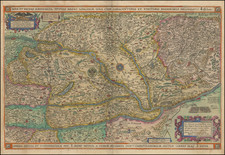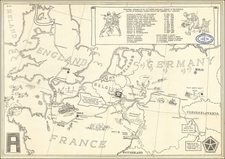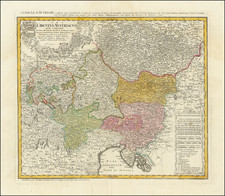Stunning view of Prague, drawn by noted artist Joseph Ruep, celebrating the 8th All Sokol Rally
In the year 1926, the city of Prague, nestled along the Vltava River, underwent a transformation of note. The city began to transform itself, as the 8th All Sokol Rally approached. The Sokol movement, a fusion of Slavic nationalism, patriotism, and physical education, gripped the heart of the Czech Republic, and the city teemed with a spirit of unity.
Central to the Sokol movement were two individuals - Dr. Miroslav Tyrs and Jindrich Fugner. Dr. Tyrs, born as Friedrich Emanuel Tirsch, was a remarkable man, a noted philosopher, art historian, and a physical education enthusiast. He passionately believed in the power of physical fitness and was dedicated to integrating it into the everyday life of the people. Alongside his academic work, he played an instrumental role in promoting the Sokol movement, striving to create a strong, healthy, and patriotic society.
Jindrich Fugner, a lifelong friend of Dr. Tyrs, shared a similar vision for the Czech people. Together, they co-founded the Sokol movement in 1862. Fugner was a passionate promoter of gymnastics and fitness, valuing it as not merely a means of personal development but also as a method to unify and strengthen the Slavic community.
In honor of the 8th All Sokol Rally, a new stadium was erected in Prague. An architectural marvel of its time, the stadium served not just as a venue but also as a symbol of the shared ideals of the Sokol movement – physical excellence, unity, and national pride. Standing on its grounds, one could view the famed Prague Castle, the gothic spires of the city's churches, and the serpentine course of the Vltava, all contributing to an inspiring vista that echoed the richness of Prague's past and the promise of its future.
The Rally was not just an event; it was a spectacle, a celebration of the Czech spirit. Thousands of participants, from every corner of the country, gathered to compete, putting on an unforgettable display of gymnastics, athletics, and other physical pursuits. Their movements were not just feats of strength and agility, but a coordinated dance that spoke of their unity and their shared pride in their cultural identity.









